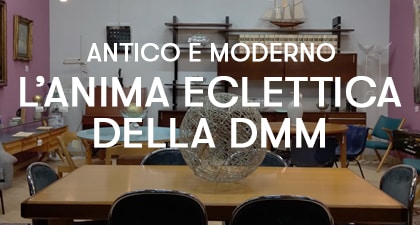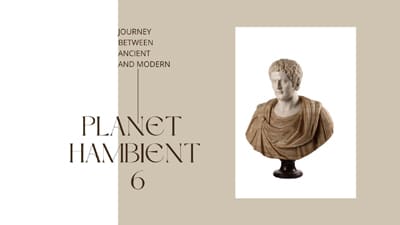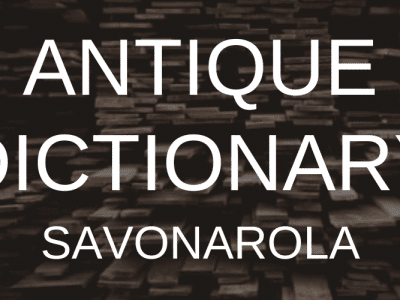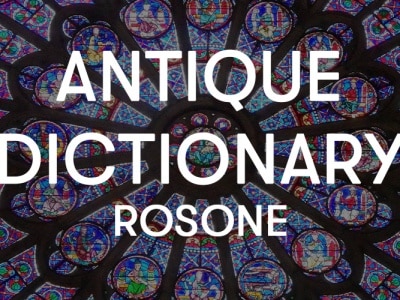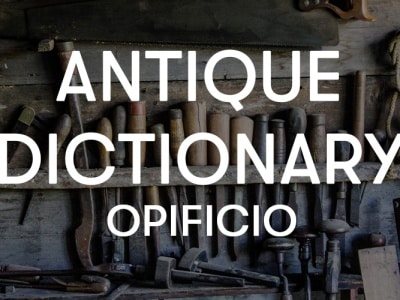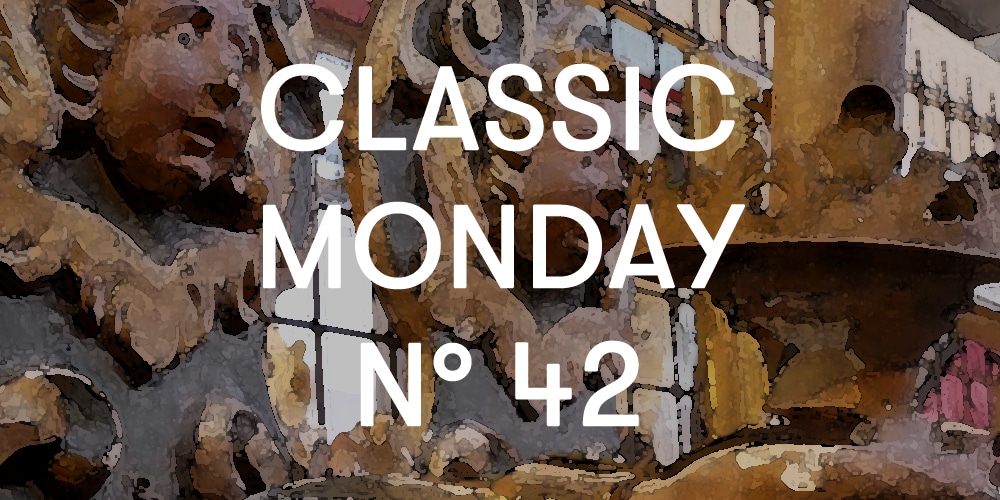
The protagonists of our Classic Monday today are a pair of candle holders, made in the seventeenth century, but which show a strong appeal with Renaissance furnishings.
Made of lime wood, they are completely carved, painted and partially gilded. The main body consists of a tablet that rests on the wall, characterized by a wavy and strongly shaped shape, thanks to the foliaceous and curly swirls. In the upper part, in the center, there is the head of a putto, also made with the carving technique, painted and partly gilded in the hair and wings. These constructive and ornamental elements clearly reveal the baroque origin of the pair of candle holders. In particular, the powerful and symmetrical golden volutes are an expression of this artistic current, which spread in Italy during the seventeenth century.

The lower part of these particular complements has, however, a rather unusual shape. Here is grafted the arm holding candle, carved and painted to emulate a forearm; In the hand the lumen is held, equipped with a support sheet worked with a foliaceous motif. This detail denotes a taste much older than the Baroque, still fully Renaissance.
The reference model among the most curious and interesting, is the one that can be found in a work created by one of the most famous Venetian painters active between the fifteenth and sixteenth centuries, Vittore Carpaccio.

Among the main authors of the well-known cycles of canvases made in the lagoon city, in particular an evident response with our candle holder can be found in Sant’Agostino nello Studio. The canvas, of considerable size, was made for the School of San Giorgio degli Schiavoni, where it is still preserved today. It belongs to the cycle relating to the stories of Saint Jerome; it depicts his apparition to Saint Augustine, to warn him of his imminent death and his ascent to heaven. St. Augustine is depicted writing in his studio, offering the artist the pretext to depict the interior of a rich Renaissance house.
The study shows a real sample of Renaissance furniture; Table and bench covered in leather fixed with studs, as well as the chair, with a characteristic architecture. However, what is particularly interesting in our analysis today, are the candle holders, also presented in pairs and placed on the side walls, opposed. Even in the painted ones, the candle holder is supported by an arm, almost as if it emerged directly from the walls. In this case it has feral features, almost leoine, another type widely used in Renaissance or later decorations, which refer to this taste.
What in our protagonists appears as a peculiar and extravagant characteristic here then that is found as an element instead known in the Renaissance era. Indeed, their extravagance, but at the same time refinement, are well suited to a cultured and sophisticated environment such as a study.








